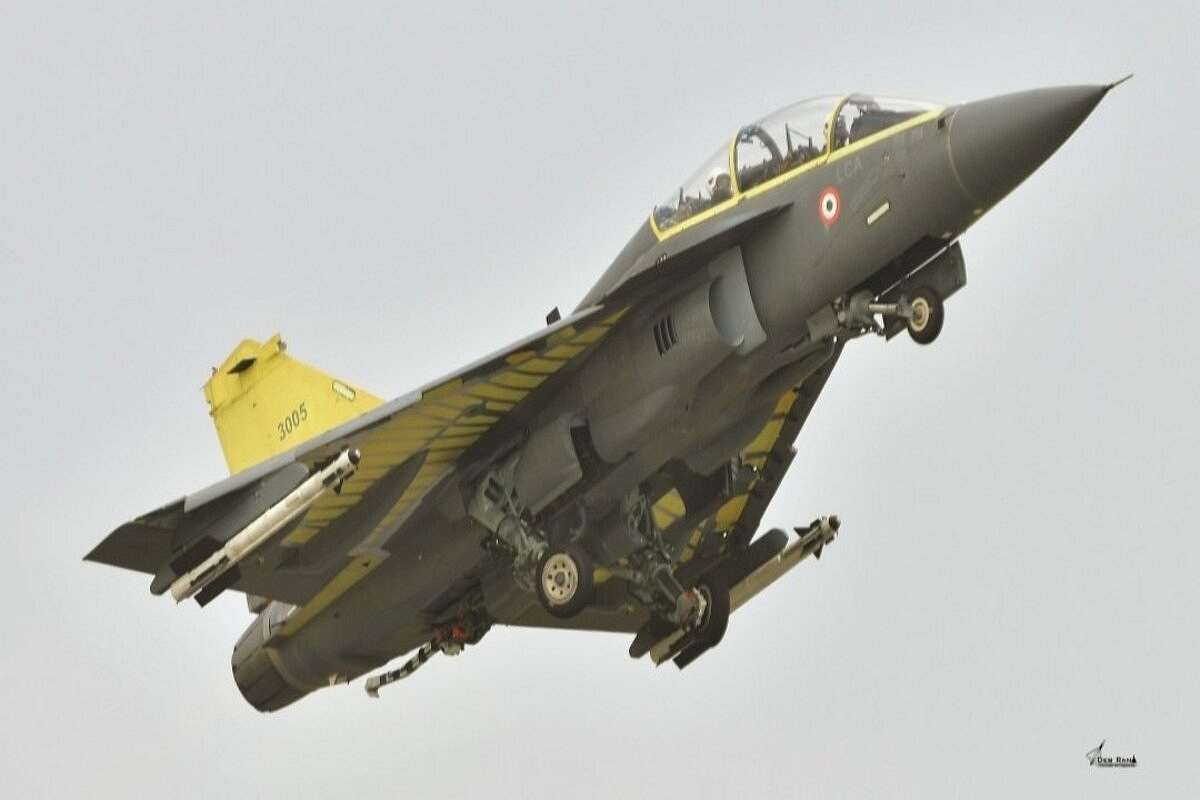SOURCE: RAUNAK KUNDE / NEWS BEAT / IDRW.ORG

In a recent interview, Satheesh Reddy, the Scientific Adviser to the Minister of Defence, revealed that the Naval Prototype (NP)-5, a Naval Trainer aircraft, has achieved production readiness following its inaugural flight last month. This milestone marks a significant step forward in the development of carrier-based aircraft for the Indian Navy.
The journey towards NP-5’s production-ready status draws from valuable data accumulated over the years from its predecessors, NP1 and NP2. NP1 took to the skies in 2012, followed by NP-2 in 2015. These prototypes served as testing grounds for cutting-edge technologies, including advanced hands-free ski jump take-off and landing flight control modes. Both NP1 and NP-2 showcased their operational capabilities by successfully conducting operations from Indian Aircraft Carriers.
NP-5 assumes a pivotal role in expediting flight testing activities. Its missions will provide crucial insights and feedback to the design and development teams working on the Twin Engine Deck Based Fighter (TEDBF), a prestigious carrier aircraft program in India. The experience and data collected during NP-5’s operations will contribute significantly to shaping the future of carrier-based aviation in the country.
The Aeronautical Development Agency (ADA) has proposed the acquisition of Twin-seater LCA-Navy aircraft to facilitate pilot training for upcoming programs, including the Rafale M and TEDBF initiatives. While the Indian Navy is yet to finalize the number of aircraft needed.
Historically, the Indian Navy relied on the BAE-HAWK 132, a single-engine, jet-powered advanced trainer aircraft, for pilot training. However, these aircraft could not conduct operations from aircraft carriers. The introduction of NP-5 and the potential acquisition of Twin-seater LCA-Navy aircraft represent a significant stride toward bolstering the Indian Navy’s carrier-based capabilities.
NOTE : Article cannot be reproduced without written permission of idrw.org in any form even for YouTube Videos to avoid Copy right strikes